About 100 years ago, New York had more than 43 km of pneumatic tubes running underground below the city, helping to deliver mail quickly regardless of the weather.
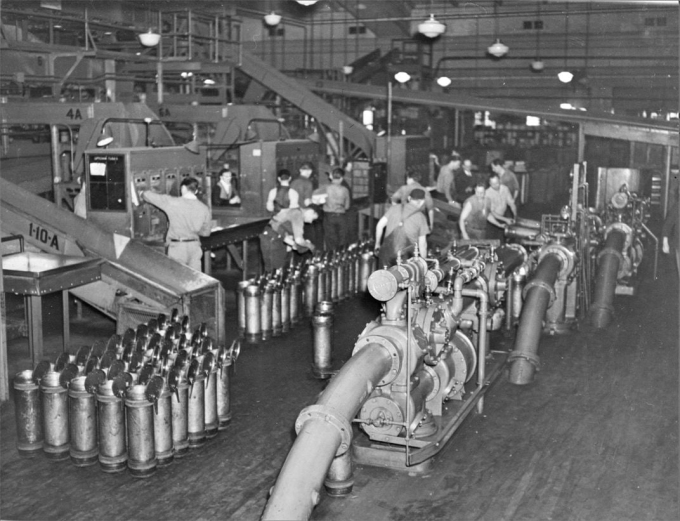
The mail delivery pipeline system ceased operations in the 1950s. Photo: USPS
Many unique methods of transporting goods and mail have emerged throughout human history, aiming for speed and convenience. One of the most interesting methods was the underground pneumatic tube system that appeared in New York City more than a century ago, the Smithsonian reported on December 22.
This system is used to transport mail to various buildings in the city through a network of underground pipes. Compressed air or vacuum forces push or pull cylindrical containers that move at speeds of up to 56 km/h. The workers who operate the system are nicknamed rocketeers.
On October 7, 1897, the United States Postal Service (USPS) completed its first test of a pneumatic tube system in New York City. The first mailbox took three minutes to make the 7,500-foot round trip from the main post office building to the New York Manufactures Exchange. The box contained a Bible wrapped in an American flag, copies of the U.S. Constitution, and President William McKinley’s inaugural address. The system grew, eventually spanning more than 27 miles, delivering millions of pieces of mail across Manhattan and Brooklyn every day.
By 1915, several major cities in the United States had installed pneumatic tube systems, including Philadelphia, Boston, Chicago, and St. Louis, according to the Smithsonian National Postal Museum. In fact, Philadelphia is considered the birthplace of the system, with tubes laid there in 1893 to help transport mail between post offices. In total, there were about 56 miles of tubes underground in the United States.
According to the Postal Museum, a 40-minute mail route in New York was cut to seven minutes thanks to the pneumatic tube system. The system was also useful in inclement weather. "New York City streets were virtually impassable. But New York businesses still received important mail on time. The pneumatic tube helped deliver the mail," wrote the New York Times . The tube is even said to have successfully transported a live cat.
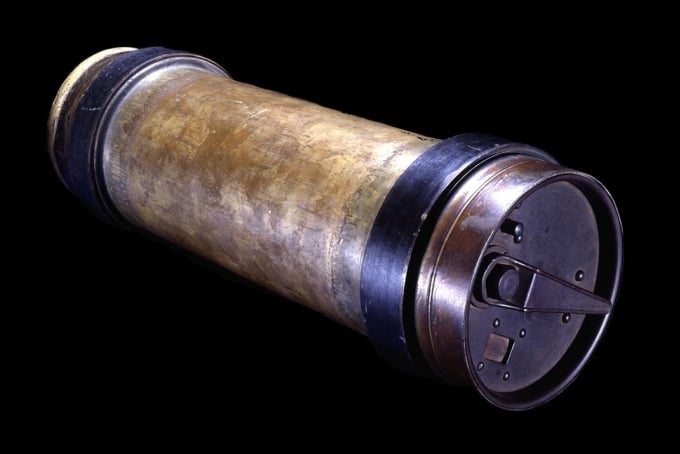
Cylindrical containers for pneumatic pipes in New York City in the late 1940s and early 1950s. Photo: Smithsonian National Postal Museum
Up to 200,000 letters are transported through the tubes every hour. Each line has two tubes - one for sending and another for receiving. They are located 1-4 m underground, some running through subway tunnels. The tubes are lubricated with oil to facilitate the transport of the steel mailboxes. The boxes are 60 cm long, covered with felt and leather at both ends to ensure airtightness.
The tube mail system was shut down during World War I to fund the war effort, according to the Postal Museum. Only New York and Boston resumed service afterward. However, increasing mail volumes, high operating costs, and the growth of cities made the system impractical. By the 1950s, the pneumatic system was discontinued.
Today, much of the pipe simply lies dormant beneath the streets of New York. A portion of the city’s pipe system is preserved in the Old Chelsea Post Office. Many pipes have been dug up and destroyed in recent decades. In 2001, an attempt to install fiber optic cables in the pipes failed. The system now exists as a piece of the city’s history, a relic of a technology that many believed at the turn of the 20th century would be part of the foundation of the future.
Thu Thao (According to Smithsonian, Yahoo News )
Source link


![[Photo] Special relics at the Vietnam Military History Museum associated with the heroic April 30th](https://vstatic.vietnam.vn/vietnam/resource/IMAGE/2025/4/3/a49d65b17b804e398de42bc2caba8368)

![[Photo] Comrade Khamtay Siphandone - a leader who contributed to fostering Vietnam-Laos relations](https://vstatic.vietnam.vn/vietnam/resource/IMAGE/2025/4/3/3d83ed2d26e2426fabd41862661dfff2)
![[Photo] Prime Minister Pham Minh Chinh receives Deputy Prime Minister of the Republic of Belarus Anatoly Sivak](https://vstatic.vietnam.vn/vietnam/resource/IMAGE/2025/4/2/79cdb685820a45868602e2fa576977a0)
![[Photo] Prime Minister Pham Minh Chinh receives CEO of Standard Chartered Group](https://vstatic.vietnam.vn/vietnam/resource/IMAGE/2025/4/2/125507ba412d4ebfb091fa7ddb936b3b)







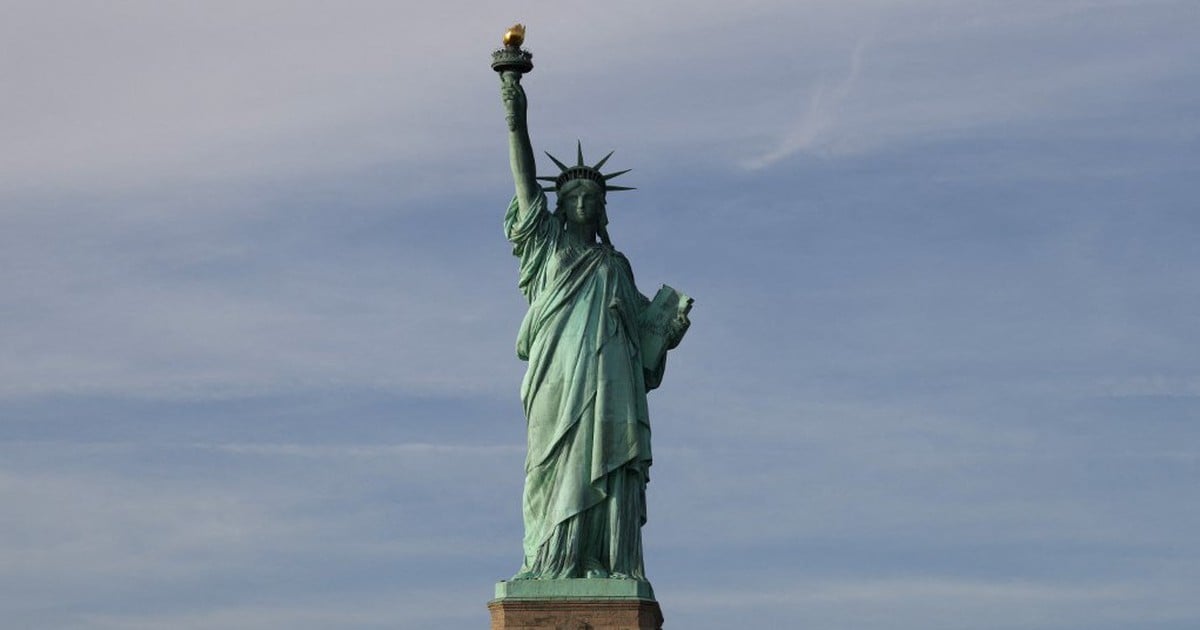

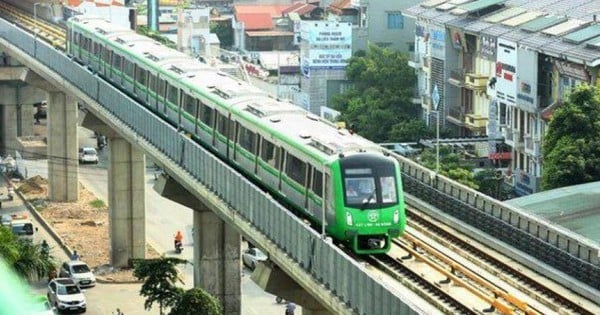




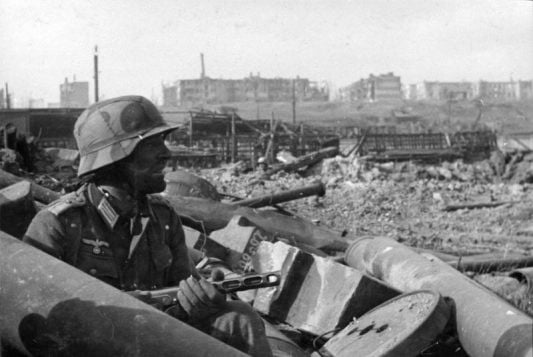















































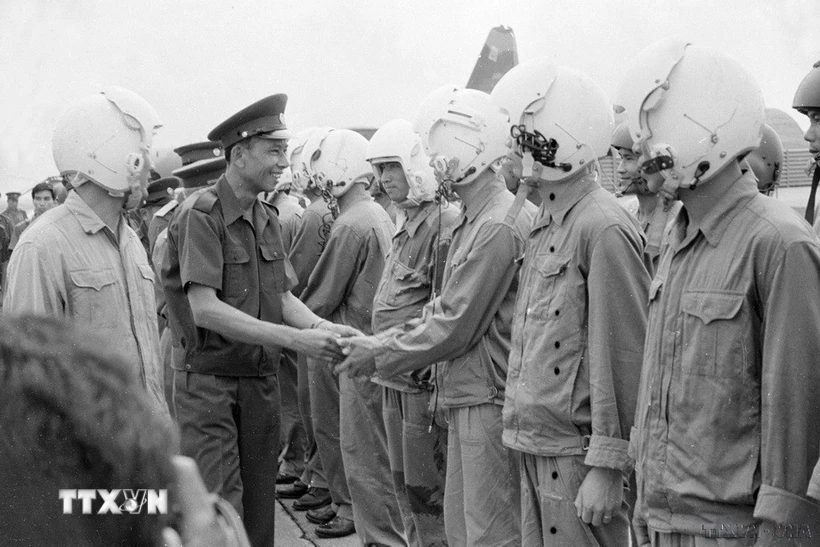






























Comment (0)